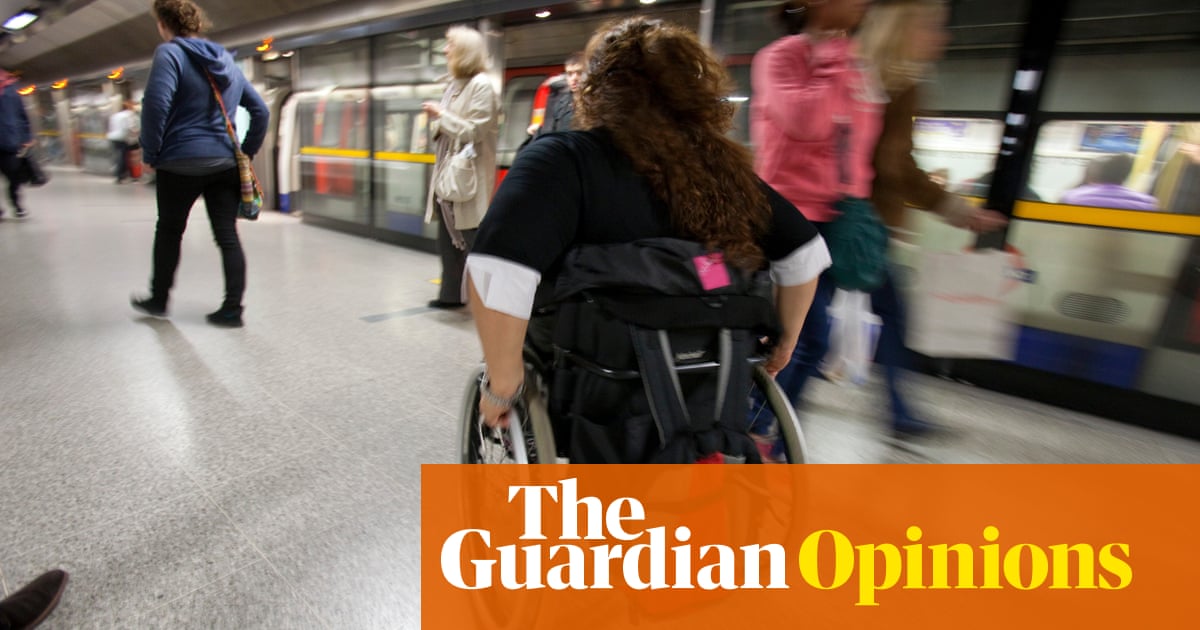
This week, Twitter’s CEO, Jack Dorsey, raised eyebrows with his appearance. He testified remotely before the Senate judiciary committee with a Gandalf-esque growth of beard and a gap-year nose ring. A few days earlier, the rapper Tyler, The Creator had appeared at the People’s Choice awards wearing a hunter hat on top of his head, sporting a cream puffer jacket and carrying a man bag. Both Tyler’s inversion of an award-show tux and Dorsey’s Zoom-call chic are articulations of where menswear and men’s grooming are at in 2020.
During the pandemic, men’s self-image has taken a beating. Eleven per cent of British men say they feel as if they look at least five years older as a result of the stress and anxiety brought on by the pandemic, while 29% of them have reported visible signs of stress and premature ageing because of it, according to research commissioned by Uvence, a cosmetic treatment company.
In terms of priorities, male grooming in the UK has gone into free fall since the first lockdown began in the spring. “I haven’t had a shave for a week,” Jeremy Clarkson admitted in the Sun in April. “I’m wearing a shirt that makes me look like Winnie the Pooh. I’m living on a diet of what’s growing in my vegetable garden, which at this time of year is nothing, and McVitie’s dark chocolate biscuits.” While Janan Ganesh of the Financial Times wrote: “Wilderness has overrun the once-august hair … the loss of hard-won muscle tone around the obliques is mourned with infinite bitterness.”
Suddenly, facial hair was everywhere, with throwback moustaches (Harry Styles, Jersey Shore’s The Situation, tween heartthrob Noah Centineo and Armie Hammer) and isolation beards (Jude Law, Justin Trudeau, Jim Carrey, Will Smith, KJ Apa and Pete Buttigieg) flooding social media timelines with their furriness. According to the Danish company Copenhagen Grooming, a third of men were growing a beard in lockdown.
“I’ve noticed that during the pandemic, a lot more men have felt comfortable experimenting with their grooming routines,” says Garrett Munce, who writes about men’s style and grooming for Esquire. “They may have buzzed their hair or grown it long: they may have used a sheet mask for the first time or taken the time to play with skincare, they may have dyed their hair themselves.”
For DJ Roger Goode, his bit of experimentation happened with his facial hair. “My grooming choices (became): well, what grooming?” he says, referring to his beard, which expanded to Rasputin proportions. He says he felt like saying: “Seriously, somebody get me a shaver ASAP! I think (my family) were all most relieved when the regulations were lifted slightly and the barber was allowed to open up again.”
In terms of fashion, however, instead of experimentation, there was a retreat. Sweatpants became the breakout hit of lockdown. Entireworld, which specialises in loungewear, saw a 662% increase in year-on-year sales. Founder Scott Sternberg believes that, rather than signalling retreating and hibernating, wearing sweatpants indicated a kind of fight back against the pandemic. “Sweats have definitely become the de facto uniform of this strange quarantine we’re all in,” he says. “The uniform has really been about a full monotone sweatsuit in bright, happy colours.” He thinks that while that is about comfort, it is also “about expressing a sense of liberty and freedom within our confinement”. Dressing in an outfit of sweatpants and top in bold, primary colours is, he believes, its own form of protest. “The full look takes it a step further and makes it about self-expression and a sense of overcoming the malaise with this pure, optimistic, in-your-face uniform of colour. There’s almost something innocent and childlike about it, in a good way.”
If the dominant ideologies behind men’s fashion had been advertising concepts of “dress for success” and “clothes make the man”, what did these mean now, with many of us working from home? The masculine archetypes that celebrities portrayed on social media had radically changed.
Calvin Harris was pictured triumphantly carrying the fruits of his gardening labour, a watermelon. The actor Adam Scott posted a photo on Instagram dressed as if he had just returned from birdwatching. Dominic Cummings, dressed in a straw hat and carrying a stick, struck a similar pose to that of David Beckham, both seemingly channelling Huckleberry Finn. Dolce and Gabbana’s autumn/winter 2020 collection, meanwhile, was a fantasia of alpha-ness. Dressed in flat caps, wellies, leather aprons, the models who showed the collection evoked macho archetypes: the electrician, the builder and the farmer.
“We have seen a huge spike in sales for our outdoor footwear collections, over and above what we would expect for this time of year,” says a spokesperson for Fairfax & Favor, a luxury fashion brand for the country-minded. “We believe this is down to more and more people falling in love with the outdoors during lockdown, spending time walking, hiking and exploring their local areas.”
By August, we were really embracing the outdoors (the most-Googled activities were hiking, paddle-boarding and kayaking). The Environment Agency estimated that 100,000 in the UK had taken up fishing (celebrity fans included Becks and Zac Efron). Outdoor clothing brands such as Schoffel Country saw a surprising increase in sales of fleeces and gilets.
Men’s style, for ever tied up with city dwelling, has been broken by the pandemic and, if Dorsey and Tyler, The Creator are anything to go by, it continues to veer towards the agrarian.
“I am no longer looking at fashion in the same way,” admits the designer Thierry Lasry. “I realised that I do not need more than half my closet,” he says, adding that he has barely touched his shirts, blazers or dressier shoes since lockdown began. “All those options suddenly sound a bit extra and unnecessary.”












